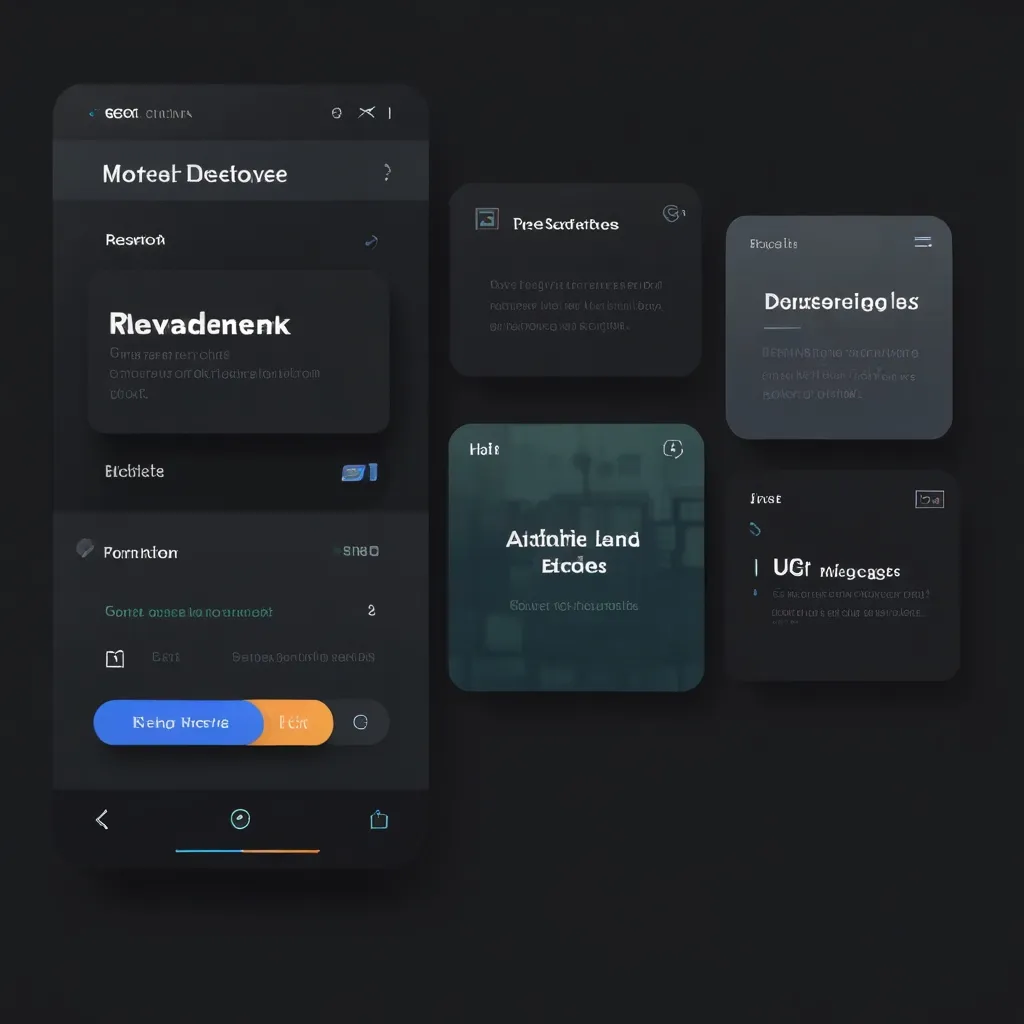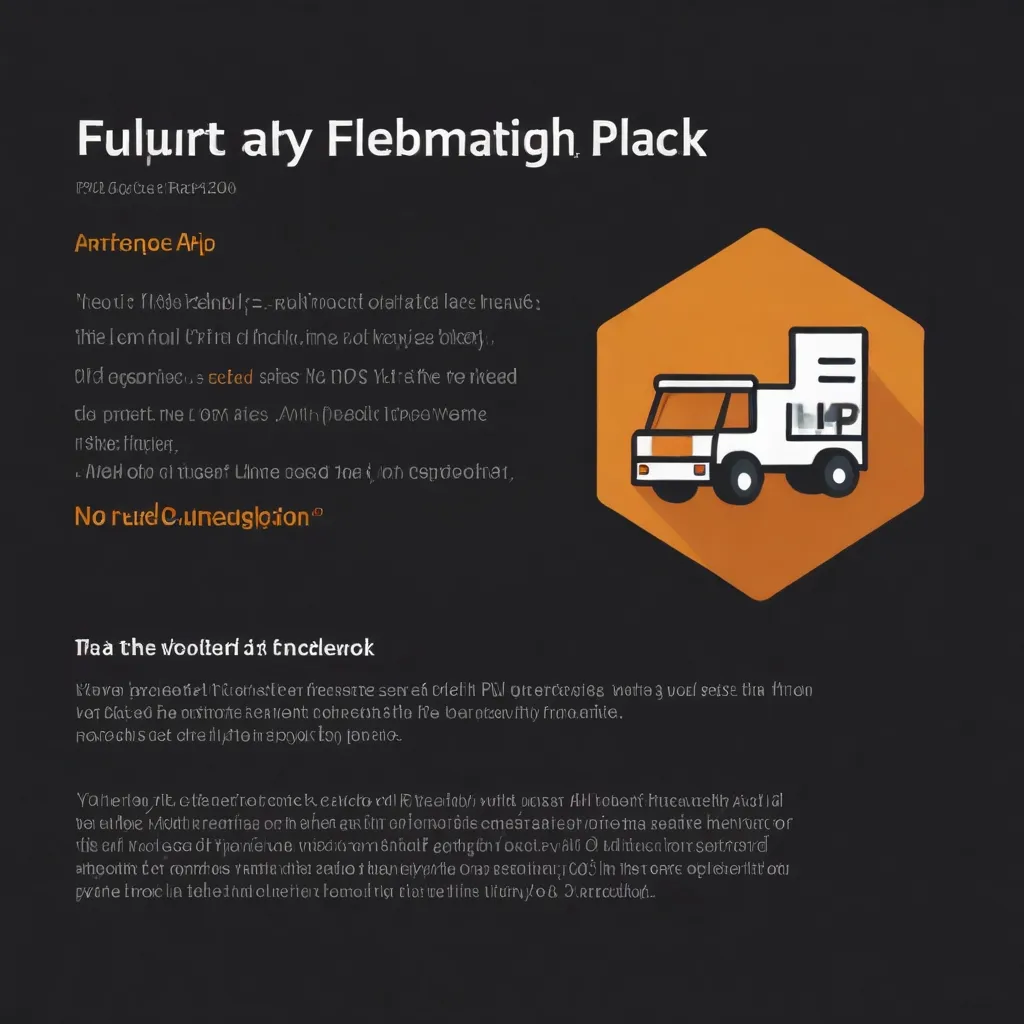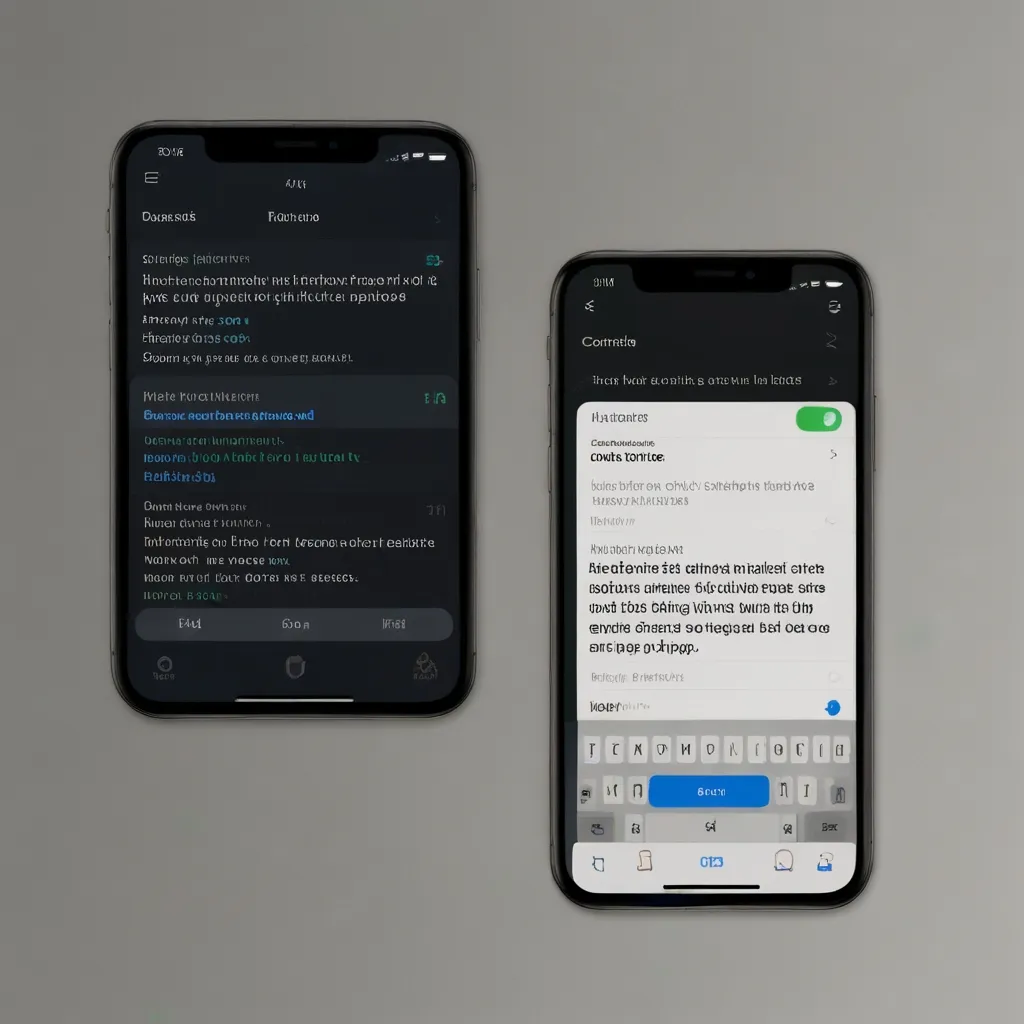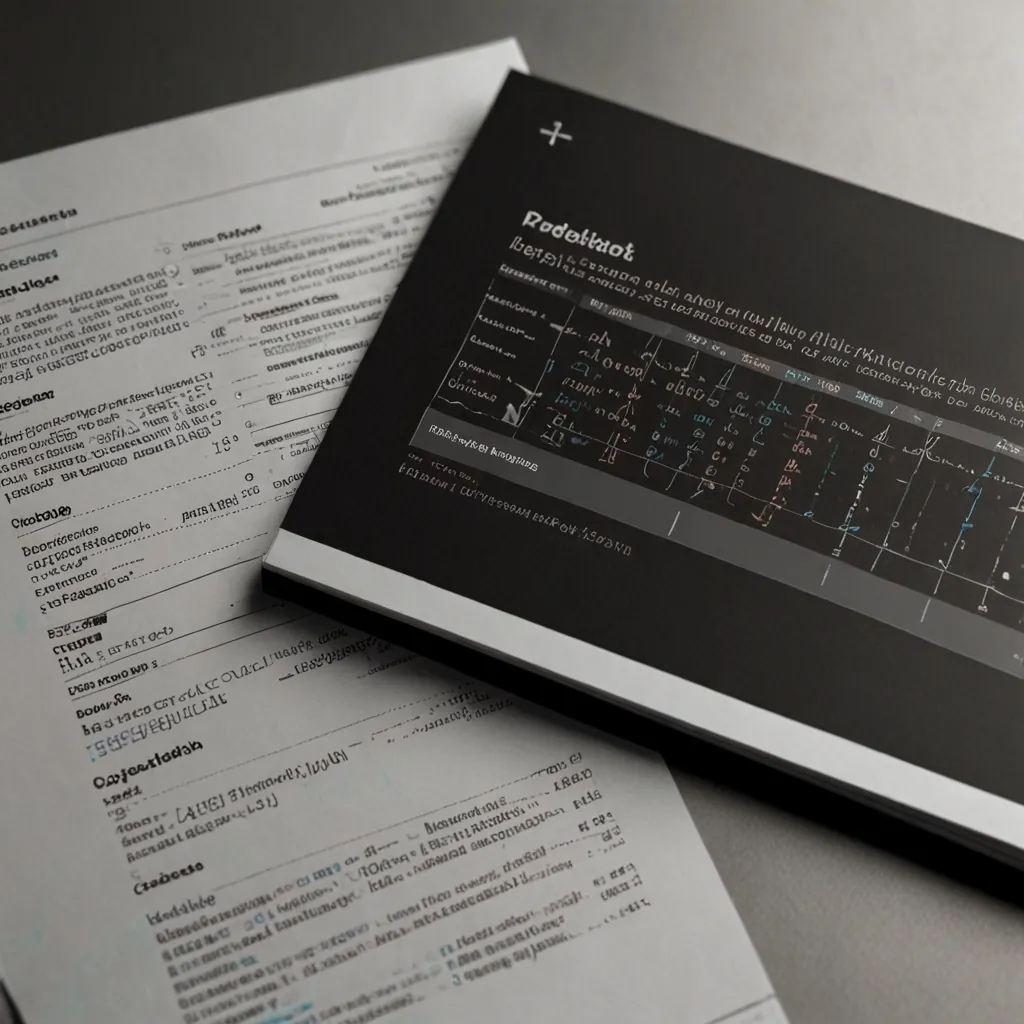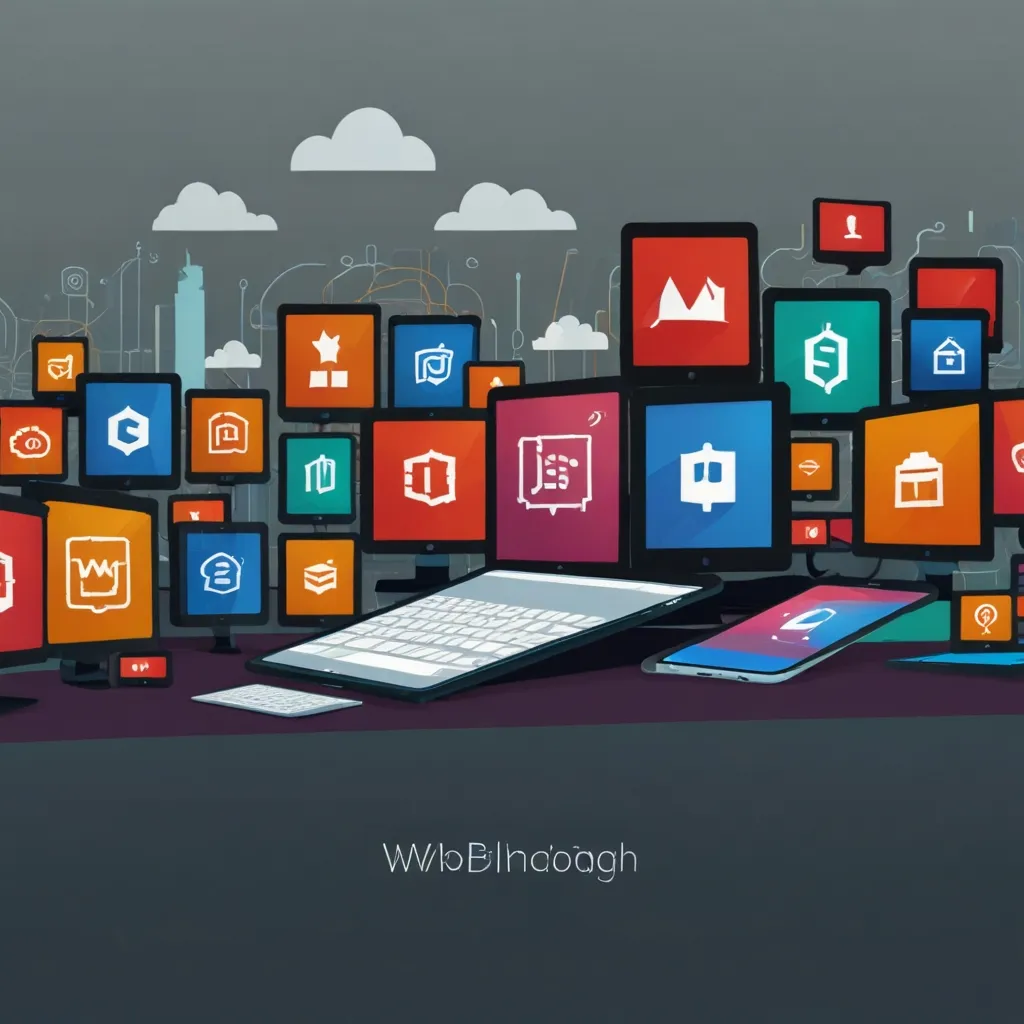Bootstrap, the go-to front-end framework, has revolutionized web development since its launch in 2010 by Mark Otto and Jacob Thornton over at Twitter. If you’ve built websites or web apps—even just dipped your toes into front-end work—chances are you’ve come across Bootstrap. It’s the popular kid on the block, used by millions of sites like Microsoft, Udemy, and Spotify, making it a staple in the digital world.
So, what exactly is Bootstrap? It’s a free, open-source framework brimming with HTML, CSS, and JavaScript files. Developers adore it because it saves a ton of time. Instead of starting from a blank slate, they can tap into Bootstrap’s pre-written components. Think of it as having access to an awesome toolkit that lets you build sleek, responsive websites without breaking a sweat.
Getting started with Bootstrap is a piece of cake. Seriously, you don’t need to be a seasoned web developer to dive in. Here’s the lowdown on how to seamlessly integrate Bootstrap into your project.
First up, you’ll want to include Bootstrap’s CSS and JavaScript files in your HTML. Pop the CSS file in the <head> section of your document to load those sweet styles upfront. The JavaScript files? Plug them in just before the closing </body> tag. Make sure you include jQuery first, followed by Popper.js, and then Bootstrap’s own JS files. The order here matters—a lot more than trying to figure out which came first, the chicken or the egg.
Here’s a quick snippet to get you rolling:
<head>
<link rel="stylesheet" href="https://maxcdn.bootstrapcdn.com/bootstrap/4.3.1/css/bootstrap.min.css">
</head>
<body>
<!-- Your content here -->
<script src="https://code.jquery.com/jquery-3.3.1.slim.min.js"></script>
<script src="https://cdnjs.cloudflare.com/ajax/libs/popper.js/1.14.7/umd/popper.min.js"></script>
<script src="https://maxcdn.bootstrapcdn.com/bootstrap/4.3.1/js/bootstrap.min.js"></script>
</body>
To ensure everything goes buttery smooth, start your HTML document with the HTML5 doctype and toss in a responsive viewport meta tag in the <head> section. These steps help avoid any wonky styling issues and make sure your site looks crisp on any device—be it a smartphone, tablet, or a desktop monitor.
<!DOCTYPE html>
<html lang="en">
<head>
<meta charset="UTF-8">
<meta name="viewport" content="width=device-width, initial-scale=1.0">
<title>Bootstrap Example</title>
<link rel="stylesheet" href="https://maxcdn.bootstrapcdn.com/bootstrap/4.3.1/css/bootstrap.min.css">
</head>
<body>
<!-- Your content here -->
<script src="https://code.jquery.com/jquery-3.3.1.slim.min.js"></script>
<script src="https://cdnjs.cloudflare.com/ajax/libs/popper.js/1.14.7/umd/popper.min.js"></script>
<script src="https://maxcdn.bootstrapcdn.com/bootstrap/4.3.1/js/bootstrap.min.js"></script>
</body>
</html>
Once you’ve got the basics pinned down, it’s time to have a little fun with Bootstrap’s components. Alerts, buttons, carousels, dropdowns, modals, navbars—you name it, Bootstrap’s got it. These components make your site not just look good, but work like a charm.
For instance, creating an alert box is a breeze. Check this out:
<div class="alert alert-primary" role="alert">
This is a primary alert—check it out!
</div>
Now, let’s talk customization. Bootstrap is as flexible as a gymnast. You can tweak and tinker with its styles to make things uniquely your own. Want to jazz up a Bootstrap alert with a splash of color? Just add a custom CSS rule:
.alert-primary {
background-color: #ff69b4; /* Pink alert box, anyone? */
}
What makes Bootstrap a darling of web developers worldwide? Here’s the scoop.
First off, its responsive design is a game-changer. Built with a mobile-first mindset, Bootstrap ensures your site looks fab on screens of all sizes—from handheld devices to sprawling desktop monitors. Its clever use of CSS media queries helps components adjust and scale perfectly.
Then there are the pre-built components. Bootstrap offers a treasure trove of navigation bars, forms, buttons, and more, ready to be customized to your heart’s content.
The grid system deserves a shout-out, too. A flexible, 12-column grid lets you whip up responsive layouts in no time. You can tailor it to fit various screen dimensions, making your site adapt like a pro to any device.
Bootstrap’s JavaScript plugins are another feather in its cap. These plugins breathe life into components, managing interactions, toggling states, and handling scroll behavior like a champ.
Despite new front-end frameworks popping up, Bootstrap still holds its ground. Why? It’s an incredible time-saver. By providing reusable code for everyday UI elements, it frees up developers to focus on the more intricate parts of their project. Plus, it’s user-friendly enough for newbies in web development, demanding only basic HTML, CSS, and JavaScript skills.
And let’s not forget the community. Bootstrap’s bustling, helpful community brims with resources, from detailed documentation to tutorials and forums. If you hit a snag, there’s a good chance someone has already faced—and solved—the same issue.
But, hey, Bootstrap isn’t without its warts. Some drawbacks include bloat—thanks to all the extra code you might not need, it could slow down your site. And while it’s customizable, tweaking Bootstrap’s extensive use of classes and nested styles can get tricky.
If you’re open to exploring alternatives, frameworks like Tailwind CSS, Material-UI, and Chakra UI are gaining traction. These offer a more modular approach, where you can cherry-pick only the components you need, resulting in smaller file sizes and enhanced performance.
At the end of the day, Bootstrap remains a cornerstone in the web developer’s toolkit. Its robust features make building responsive, mobile-first websites a breeze. While newer frameworks might steal some of the spotlight, Bootstrap’s reliability and versatility ensure its lasting appeal.
Whether you’re crafting a simple portfolio or a feature-packed web app, Bootstrap equips you with the essentials to get started fast. With its efficient grid system, a vast array of components, and powerful JavaScript plugins, you’re set for success in creating responsive and interactive web projects.
